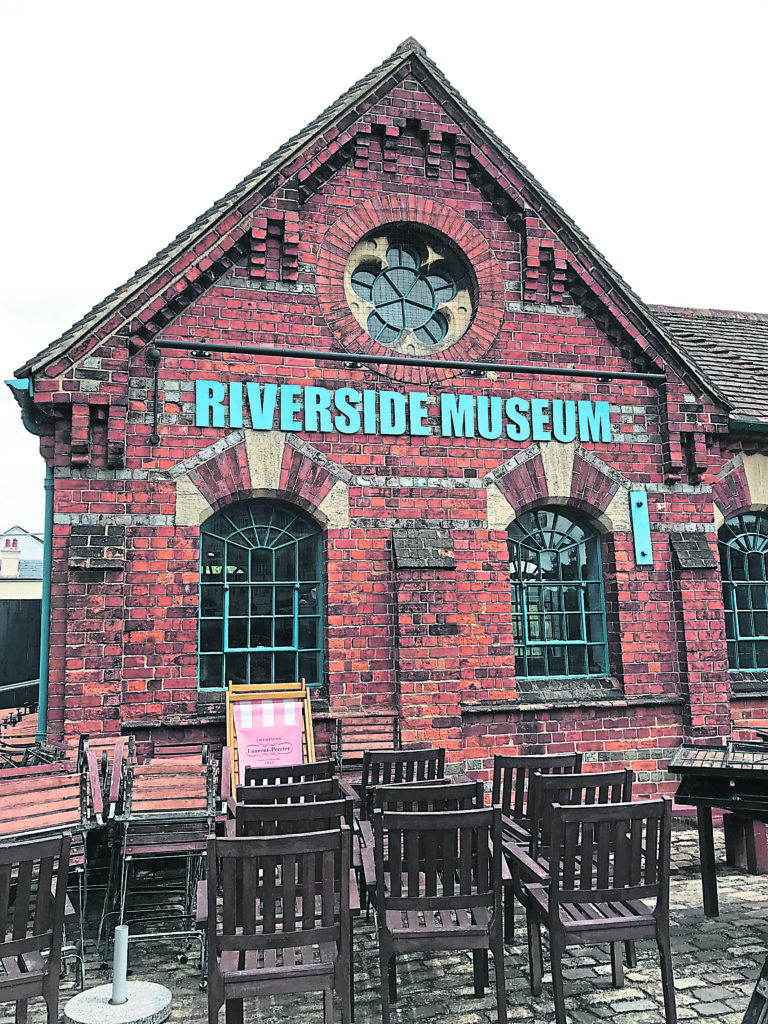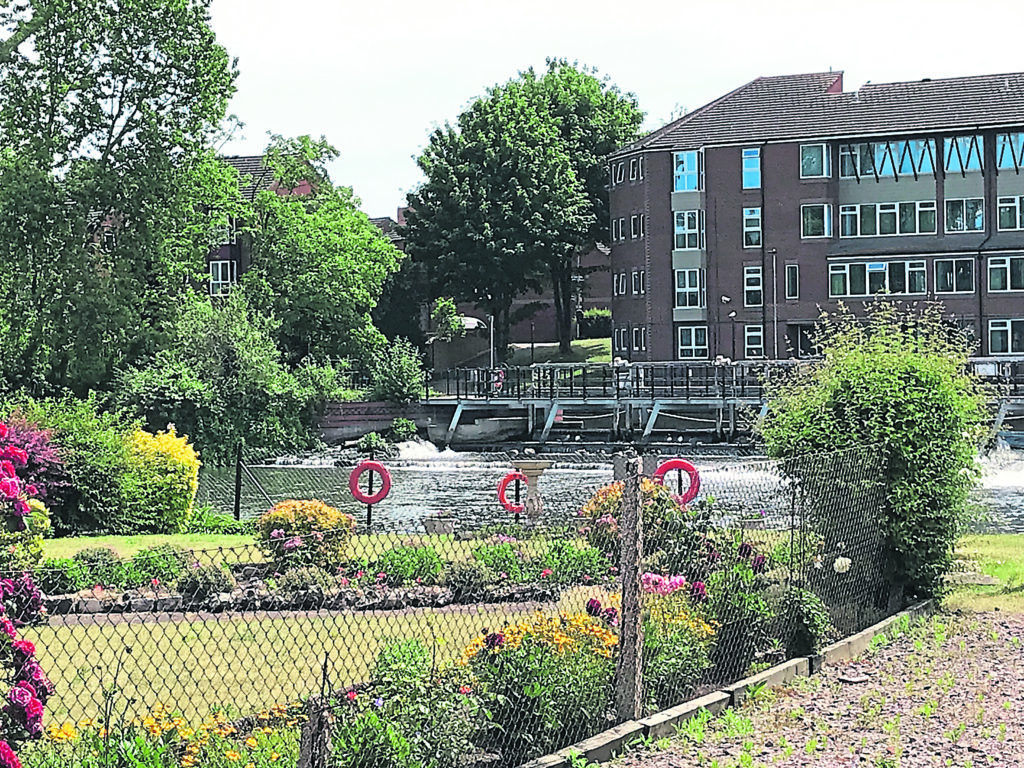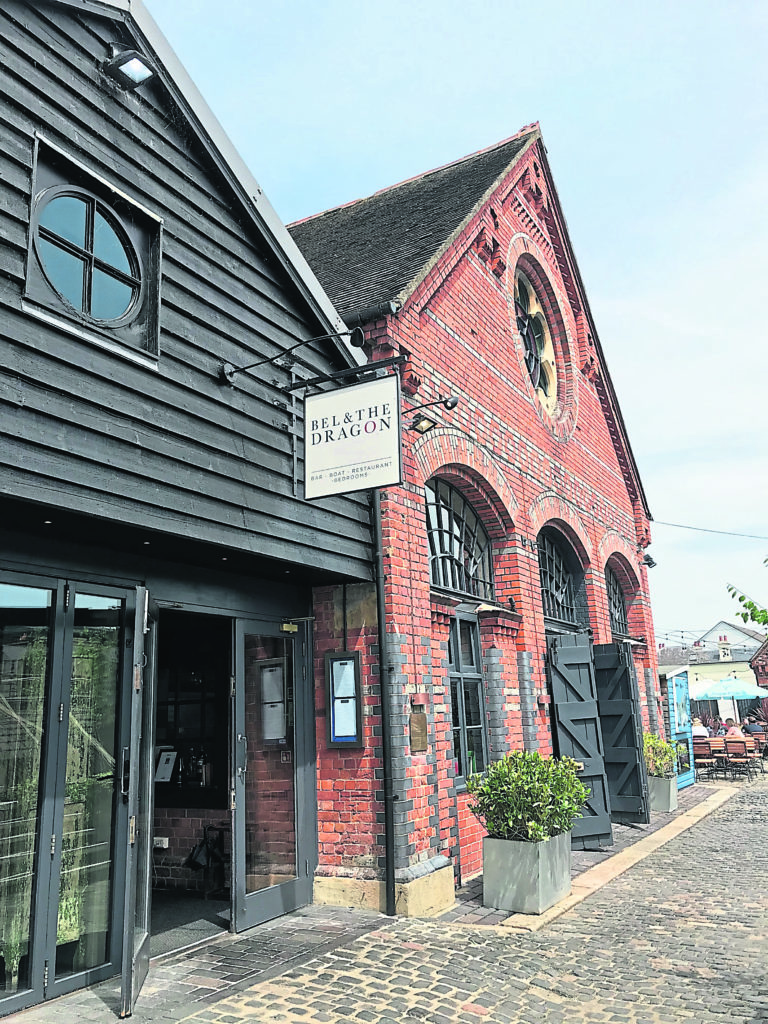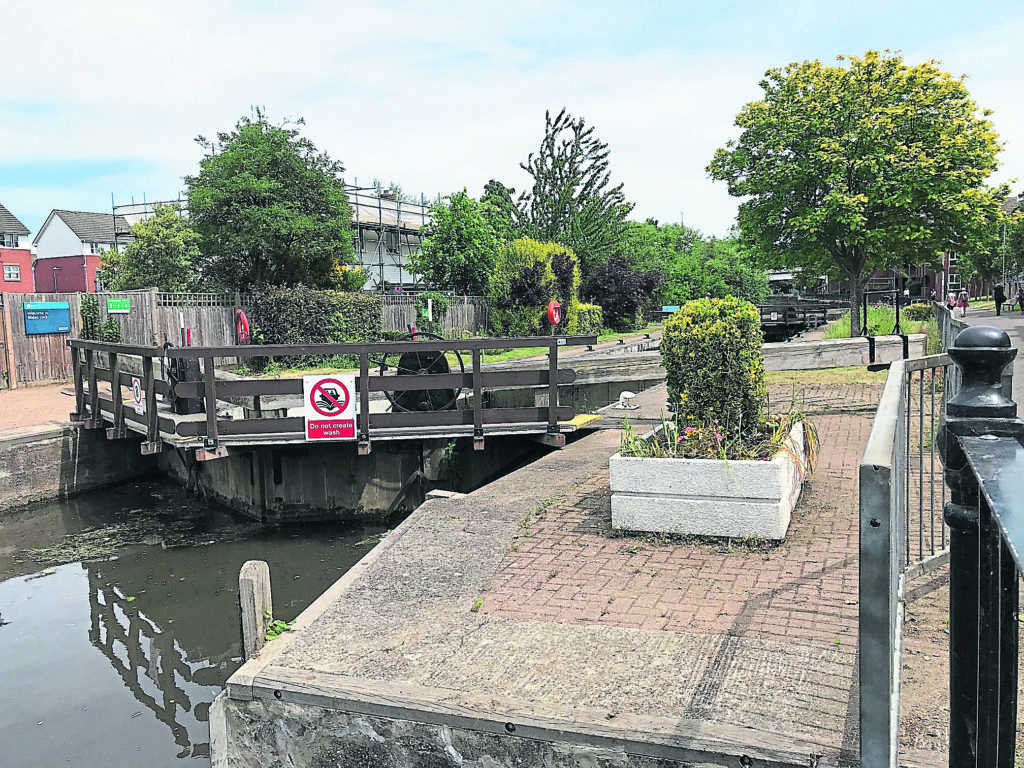Nicola Lisle continues her museum series with a visit to this delightful museum on the River Kennet.

THE Riverside Museum in Reading is one of the town’s unexpected delights. A branch of Reading Museum, it is housed in a Victorian sewage pumping station at Blake’s Lock, just outside the town centre and close to the ruins of the medieval abbey. The small but packed museum celebrates Reading’s two rivers – the Kennet and the Thames – and the Kennet & Avon Canal, and looks at how these waterways have helped shape the town’s industrial and domestic life.

The museum is spread across two buildings – the Screen House, which focuses on the Kennet and Thames rivers, and the Turbine House, which tells the story of the Kennet & Avon Canal, from its development in the 18th century to its 20th century decline and its reopening in the 1990s following a long restoration campaign.
In the Screen House you can see how Reading relied for centuries on its rivers for local trade and industry. Corn production, cloth-making and brick and tile manufacture all thrived during the medieval period, with several corn and fulling mills springing up along the Kennet at this time. The most notable of these were St Giles Mill, Minster Mill and the abbey’s own mill at the Holy Brook, all sadly demolished during the 20th century.

By the 18th century, malting had become a significant new industry along the banks of the Kennet and Reading became the chief malt supplier to London breweries. The town’s leading maltster was William Blackhall Simonds, who established a brewery in 1785. Simonds’ brewery prospered for nearly 200 years before being sold to Courage in 1960. In the museum you can see Simonds bottles, branding irons, a malt shovel and a sign for the Barley Mow, a Simonds pub in London Street, Reading.
The most famous manufacturer of them all, though, was biscuit giant Huntley & Palmers. From a small bakery established in 1822, the company quickly outgrew its original premises, eventually occupying a 24-acre site on the banks of the Kennet. By 1900 it was the town’s chief employer and the largest biscuit manufacturer in the world, with Reading becoming known as Biscuit Town. Some of Huntley & Palmers’ famous decorative tins are on display here.
Of course, the waterways weren’t just about trade and industry. They also provided the perfect playground for the local townspeople, and museum displays show how rowing, fishing and bathing all became popular during the 19th century. Soon the town had its own regatta, there were steamer trips on the river to be enjoyed, and boat-building became another thriving industry. Boat licence plates, fishing apparatus and regatta memorabilia can all be seen on display at the museum.

The Screen House also celebrates local people connected to the river at Reading, including Henry I, who was buried at Reading Abbey in 1136, authors Mary Mitford and Kenneth Grahame, notorious baby killer Amelia Dyer, Robert Blake – after whom the lock is named – and canal engineers John Hore and John Rennie.
There is also a model of a 13th century watermill, tools used by a local boat builder, and a Romany gypsy caravan built at Crane Wharf on the River Kennet in 1914 by Dunton & Sons.
The Turbine House straddles the River Kennet and has glorious views of the river and weir on three sides of the building. From here you can see Victorian cottages that once housed pumping station staff, Blake’s Lock Island, the Kennet towpath and a flood marker from 1894, installed after a major flood in October and November of that year.
On display is the turbine machinery that replaced the original Victorian machinery in 1929, accompanied by a detailed history.
You can also immerse yourself in the history of the Kennet & Avon Canal through old notices and photographs, and find out about some of the pioneers and campaigners who helped save the canal from closure during the 1950s. These include Bill Fisher and John Knill, who made commercial use of the canal to prove it was still viable and Tom Rolt, who raised public awareness of the canals in his 1944 book Narrow Boat and was instrumental in the formation of the Inland Waterways Association.
Nearby is the Bel and The Dragon restaurant, housed in what was the main building of the original pumping station – a handy place for a bite! – while a walk to the picturesque Blake’s Lock is the perfect way to end your visit.
#riversidemuseum #reading #nicolalisle #towpathtalk #canals #canalsandrivers #narrowboat #rivers #waterways #lifeonthecut #boating #boats





